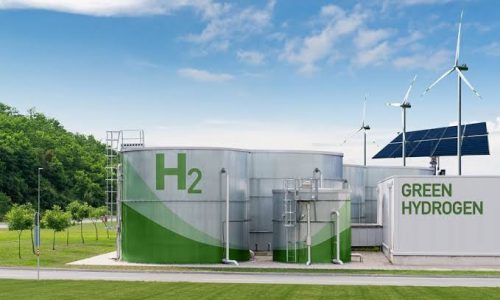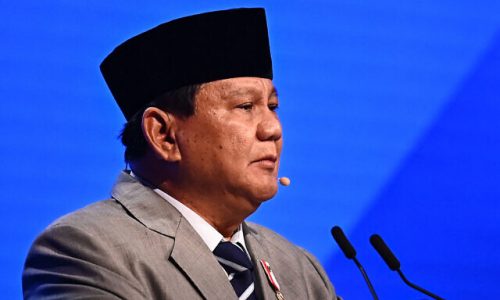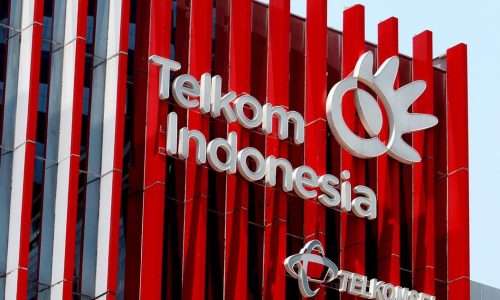The Upstream Oil and Gas Regulatory Task Force (SKK Migas) has signed agreements worth Rp94.4 trillion (US$5.7 billion) with oil and gas contractors to enhance the utilization of natural gas within Indonesia.
These agreements, aimed at optimizing the utilization of natural gas in Indonesia, were signed at the 2024 Natural Gas Forum.
Among the agreements are two Memorandums of Understanding between Husky-CNOOC Madura Ltd. and PT Pupuk Kujang, and Husky-CNOOC Madura Ltd. and PT Cikarang Listrindo. Additionally, an amendment to a Gas Sale and Purchase Agreement (PJBG) was signed between EMP Bentu and PT Kilang Pertamina Internasional, along with 27 other PJGBs.
SKK Migas is committed to maximizing natural gas production to meet domestic demand, enhancing the multiplier effect, and boosting the national economy. However, achieving this requires certainty in the commercialization of gas potential to meet the production target of 12 billion standard cubic feet per day (BSCFD).
“Market formation only occurs when supply and demand have mutual understanding and agreement,” Shinta Damayanti, Deputy Head of SKK Migas, told the 2024 Natural Gas Forum in Bandung, West Java, on Friday, June 21, 2024.
Shinta noted that domestic gas utilization has not seen significant volume growth over the past decade. In 2013, domestic natural gas demand was 3,774 British thermal units per day (BBtud), and by 2023, it had only grown to 4,075 BBtud, reflecting a growth rate of less than 10 percent since 2013.
According to the 2024 State Budget (APBN) target, natural gas lifting is set at 5,785 million standard cubic feet per day (MMSCFD). As of June 19, 2024, gas distribution had reached 5,305 MMSCFD, or approximately 92 percent of the APBN target.
Shinta emphasized the need for careful planning to ensure optimal gas utilization. To achieve this, SKK Migas is promoting the commercialization of natural gas through PUSH and PULL strategies.
PUSH involves commercial strategies to transport gas to demand centers using infrastructure such as pipelines, small to medium-scale LNG plants, and regasification terminals.
PULL focuses on developing demand near gas sources by building industries such as petrochemical plants, smelters, and power plants.
“With these two strategies, we hope that discovered gas reserves can be produced and distributed optimally to meet domestic needs,” Shinta concluded.









